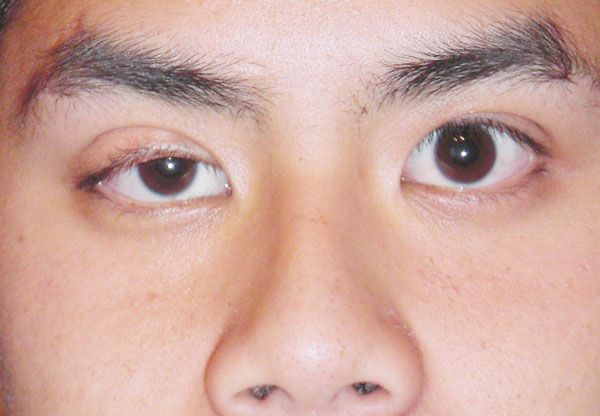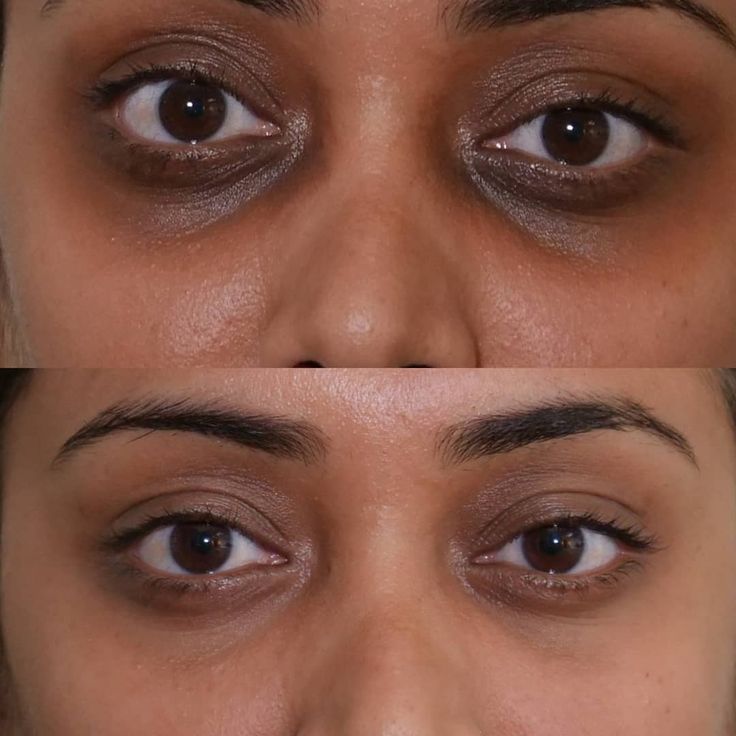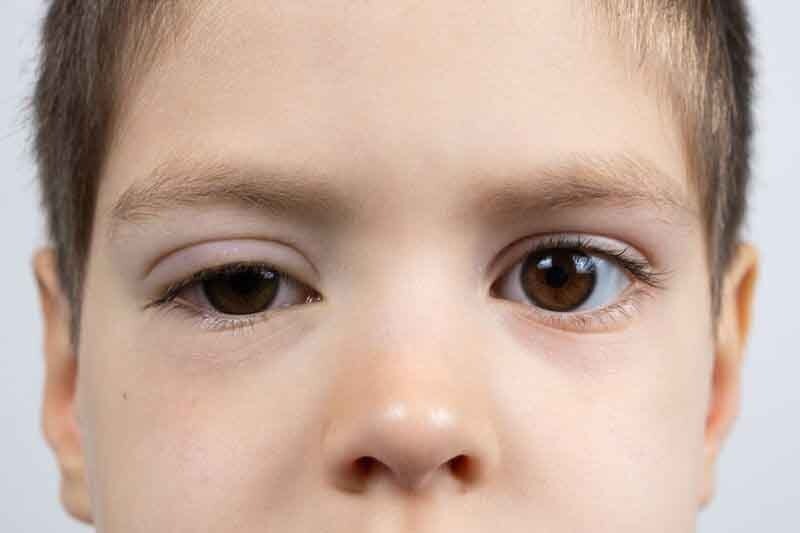Ptosis Droopy Lid

Understanding Ptosis
Ptosis refers to a condition where the upper eyelid droops lower than normal. This drooping can affect one or both eyes and may partially or completely cover the pupil, interfering with vision in more severe cases.
It can be present at birth (congenital) or develop later in life due to aging, muscle weakness, nerve problems, or injury. In children, it may affect visual development, while in adults, it can cause eye strain or a tired appearance.
Early diagnosis and treatment are important, especially in children, to prevent long-term vision issues. Treatment usually involves surgery, depending on the cause and severity of the condition.
What Are the Treatment Options for Ptosis?
The treatment for ptosis depends on the cause, severity, and how much it affects vision or appearance. After a thorough eye examination, the best course of action is determined.
What Leads to Ptosis?
Ptosis, or drooping of the upper eyelid, can happen for a variety of reasons. Some of the most common causes include
- Congenital Ptosis: Present from birth, usually due to poor development of the eyelid-lifting muscle (levator muscle).
- Age-Related Changes: As we grow older, the muscles and tissues that lift the eyelid may stretch or weaken, causing the lid to droop.
- Muscle or Nerve Disorders: Conditions like myasthenia gravis or third nerve palsy can interfere with the normal function of the muscles or nerves that control eyelid movement.
- Eye Injuries or Surgeries: Trauma or complications from eye surgery may damage the eyelid muscles or nerves.
- Tumors or Growths: In rare cases, masses around the eye or inside the eyelid can put pressure on the muscles, leading to ptosis.


At What Age Can Ptosis Be Treated?
There is no fixed minimum age for ptosis treatment—it depends on how severe the condition is and whether it is affecting the child’s vision. If ptosis is mild and not interfering with normal visual development, doctors may choose to monitor it regularly before recommending surgery.
However, in cases where the drooping eyelid is blocking the visual axis or posing a risk of lazy eye (amblyopia), early surgical intervention—sometimes even within the first year of life—may be necessary to prevent permanent vision problems.
Each case is unique, and the decision to treat is based on a careful assessment of the child’s vision, eyelid function, and overall eye health. Pediatric ophthalmologists will guide the timing and type of treatment based on individual needs.
What to Expect After Ptosis Surgery?
The outcome of ptosis surgery is generally positive, with noticeable improvement in the height and appearance of the eyelid. Most patients experience better symmetry between the eyes and an overall more alert, open-eyed look.
In children, timely correction can also help support proper visual development and prevent conditions like amblyopia (lazy eye). In adults, the surgery often improves both vision and facial aesthetics.
However, as with any surgical procedure, results can vary from person to person. Some individuals may need minor adjustments or a second procedure to achieve optimal results. Mild swelling or bruising is common initially, but this usually resolves in a few weeks.




